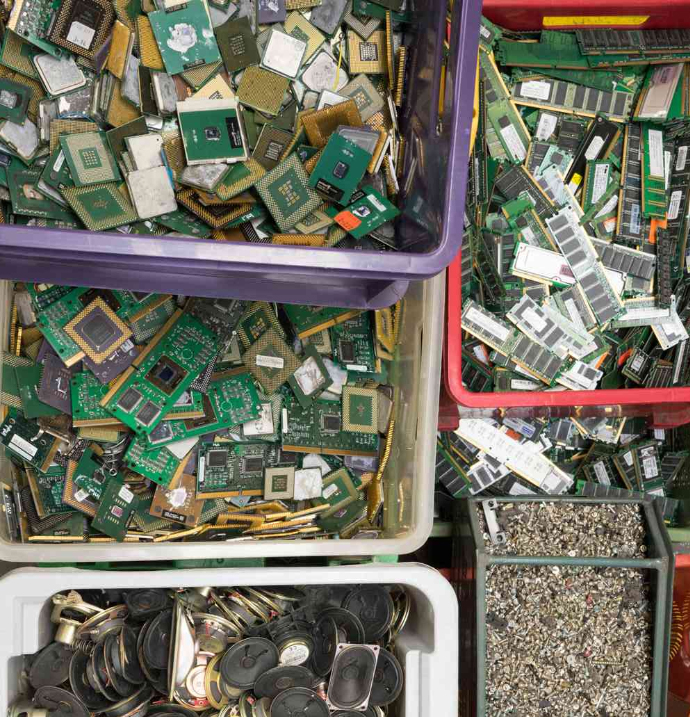Electronic waste save
Postpone upgrading for as long as you can think twice about getting your phone or other devices upgraded, Find opportunities for reuse; Take them to a dedicated e-waste recycling facility.
Electronic protection
Electronic protection includes actions taken to ensure friendly use of the electromagnetic spectrum, such as frequency agility in a radio, or variable pulse repetition frequency in radar.
Cleaning and recycling
Electronic waste recycling, electronics recycling, or e-waste recycling is the disassembly and separation of components and raw materials of waste electronics, ensure you reduce impact.
Data destruction
The process of destroying data stored on tapes, hard disks and other forms of electronic media so that it is completely unreadable and cannot be accessed or used for unauthorized purposes.
Community E-waste
Non-hazardous wastes generated from households, commercial and institutional land uses, construction sites, street wastes and recreational facilities, these are the wastes created in companies.
E-waste rules
The State Pollution Control Board (SPCB) has the power to extend the time up to 365 days. The extension will be made in case the e-waste needs to be processed before it is forwarded to the recycler.
E-waste rescue
The useful lifetime of products can be extended by repurposing, donating or selling unwanted electronics to someone else to use, repairing electronic items stops them from becoming e-waste.
E-waste education
Organize awareness campaigns; provide high or marginal benefits for e-waste disposal, and e-waste disposal, other quantitative studies also emphasized the government's role in increasing e-waste disposal.
Completed Project of
E-waste Recycling
Laptop
1,23,000+Desktop
2,01,500+Others
3,30,350+
 Our Statistics
Our Statistics
How is E-Waste Recycling Done?
E-waste recycling is much more complicated than conventional waste recycling. Typically, the first step of the recycling process is manual sorting. Once e-waste is collected and transported to the recycling facilities, workers sort the e-waste into categories according to their types and models. Then, all electronic devices will be examined, and of which the parts that are still functional will be extracted to be reused; they can either be sold as individual parts or be combined to form a new phone or computer.
85%
Laptop- Desktop-Monitor Recycled
75%
Server-Switches-Router Recycled
90%
Printer-Cartridge-Mobile Recycled
95%
Other Electronics Recycled

